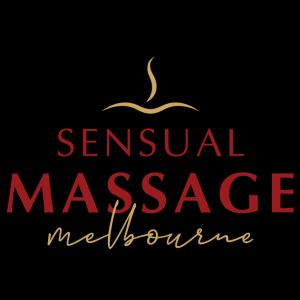Health Benefits of Massage TherapyPosted by Marcella Rosa on March 26th, 2021 Health Benefits of Massage Therapy Human beings need to touch and be touched. Fortunately, our rising acceptance of “alternative” health care has brought a surge of interest in healing touch, making therapeutic massage the second most popular alternative modality in this country. Massage therapy encompasses a wide range of therapeutic approaches, all of which use hands-on manipulation of muscles and soft tissues. Once perceived as little more than a luxurious form of relaxation, massage therapy has emerged as a powerful means of treating not only stress-related ailments, such as insomnia, headaches, and irritable bowel syndrome but also countless health conditions ranging from sciatica to sinusitis, from dermatitis to diabetes and depression.
The Magic TouchHow can the simple touch boost so many health benefits? For one thing, the skin is the body’s largest organ, containing more than five million touch receptors that send messages to the brain. Research shows that the rhythmic pressure of massage lowers your heart rate and blood pressure while it improves blood circulation, ferrying oxygen and other nutrients to the cells. While the health effects of massage therapy have been studied scientifically for more than 120 years, a surge in research over the last two decades has resulted in more than 100 published studies. Among the findings: Preterm Newborns. A groundbreaking study of 40 preterm infants found that those given a gentle, 15-minute massage three times a day for several days gained 47 percent more weight. (Pediatrics, May 1986). Asthma. Thirty-two children with asthma received either massage or relaxation therapy from their parents for 20 minutes before bedtime for 30 days. (Journal of Pediatrics, May 1998). Health Benefits of Massage Therapy Rubbed the Right WayGenerally, an initial visit to a massage therapist begins with a brief interview, during which the therapist asks you about your physical condition, medical history, stress level, any painful areas, and your goals for the massage. Feel free during this exchange to let your preferences be known, if there are parts of the body you don’t want to work on, say, or whether or not you want to talk during the massage. Before the massage begins, you may be asked to remove as much clothing as you’re comfortable with and then given a sheet, towel, or gown to drape over yourself while lying on a specially padded table or chair. In many forms of massage, oil is applied to your skin. Once the massage begins, you can make it more enjoyable by taking deep, relaxing breaths and giving the practitioner feedback. (Let him know, for example, if you feel any discomfort.) There are many types of massage and have found that benefit most by being passive and surrendering to the work of a skilled therapist.
What Type of Touch?Many forms and variations of massage therapy are available. To get you started, here are brief descriptions of five major types. Many massage therapists draw from a repertoire that mixes more than one style. Swedish massage. The most common type of Western massage, this gentle therapy uses a classic series of long strokes, kneading, and other techniques. It may be used to help reduce pain (such as tension headaches), speed recovery from injury, keep unused muscles from atrophying, relieve insomnia, stimulate alertness, and most of all, promote relaxation and reduce stress. Sports massage. You don’t have to be an Olympic contender to benefit from the vigorous, deep-tissue work of sports massage. It can be used by anyone to promote greater flexibility, loosen muscles, and relieve muscle swelling, as well as to diminish pain and restore full range of motion after injuries such as tendinitis and ligament sprains. Trigger-point therapy (a.k.a. myotherapy or neuromuscular therapy). This technique applies concentrated pressure to “trigger points,” those areas of irritability in the muscle that are palpable as lumps or knots, and which may refer pain to another part of the body. The goal of therapy is to apply sufficient pressure to specific trigger points to release their chronic contraction (you may feel some pain in the process), then to stretch the surrounding muscles to help prevent a recurrence. Shiatsu. This traditional healing art from Japan makes use of firm finger pressure applied to specific points on the body, with the intention of balancing the flow of chi, or vital energy. The client lies (clothed) on a padded surface on the floor, with the therapist seated alongside. Shiatsu has been used successfully to treat a wide range of ailments, from low back pain and nervous disorders to sinus problems and constipation. Thai massage. Also done through light clothing on the floor, this form is growing in popularity in North America. It combines stretches with hand pressure in a meditative, dancelike session that most people find pleasant. Couples massage can bring an extra level of intimacy and enjoyment to your relationship, but personal massage also boosts libido and can benefit your life by decreasing anxiety, improving circulation, and reducing pain. Like it? Share it!More by this author |



